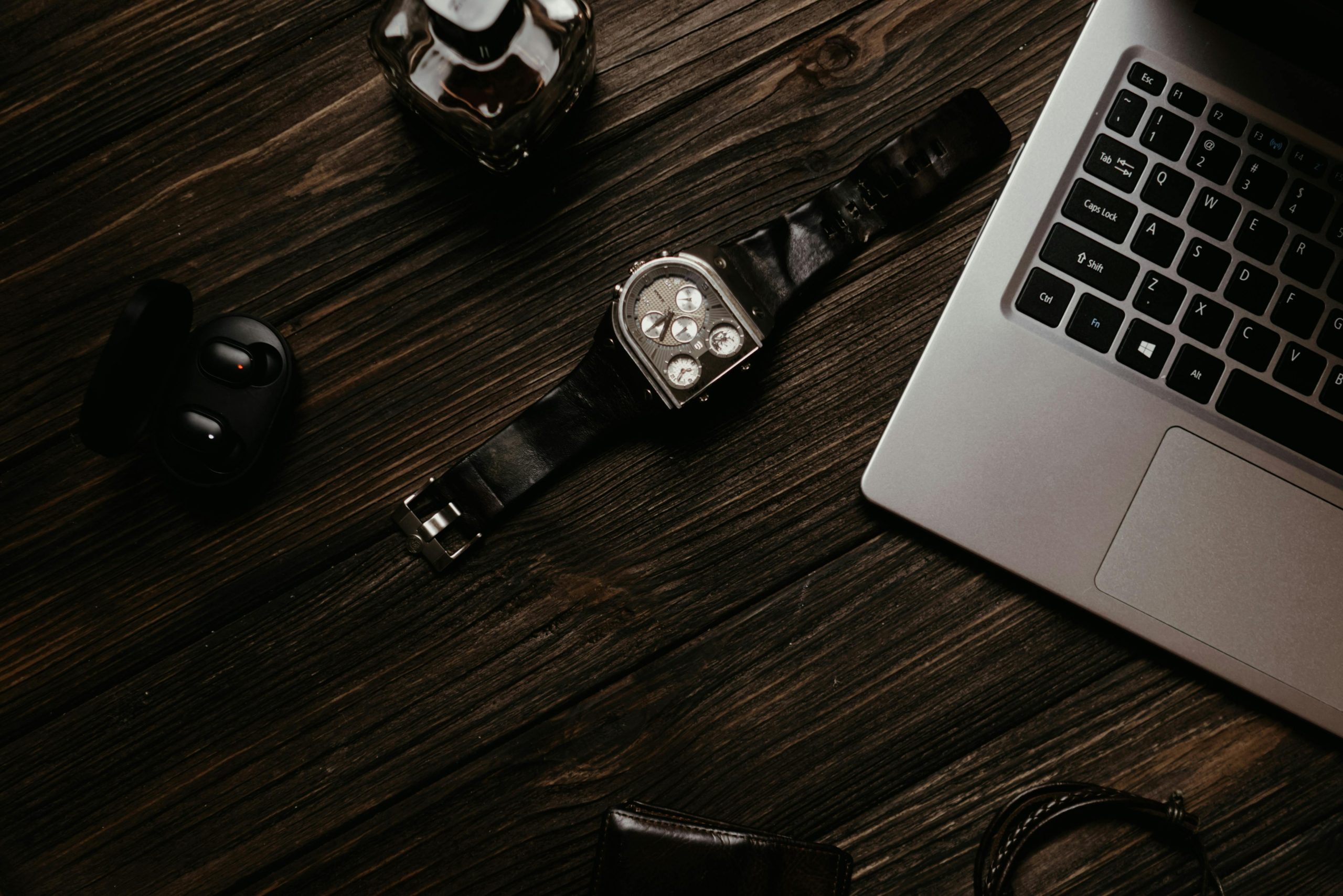Troubleshooting Intermittent Hardware and Connectivity Issues on Your PC
Experiencing sporadic hardware malfunctions can be frustrating, especially when they disrupt your workflow or entertainment. If you’ve noticed that your headphones produce static sounds, USB ports frequently disconnect and reconnect, and your mouse cursor glitches or lags, you’re not alone. These issues can arise unpredictably, making it essential to systematically identify potential causes and solutions.
Understanding the Symptoms:
- Static Noise in Headphones: Audible static or crackling sounds during device usage.
- USB Port Fluctuations: Devices disconnecting and reconnecting intermittently.
- Input Device Glitches: Mouse cursor lagging, teleporting, or freezing.
- Peripherals Turning Off: Keyboard and mouse cycling on and off randomly.
- Timing of Issues: The problems tend to manifest after the system has been running for approximately 10 minutes, rather than immediately upon startup.
Potential Causes:
-
Power Supply Problems:
Fluctuations in power delivery can lead to USB devices disconnecting and peripherals malfunctioning. A failing or insufficient power supply might be the root cause. -
Driver or Software Conflicts:
Outdated, corrupted, or incompatible device drivers can cause hardware to behave erratically. This includes audio, chipset, and USB drivers. -
Hardware Connection Issues:
Loose or damaged USB ports, cables, or connectors can intermittently disrupt device functionality. -
Overheating:
Excessive heat can impact hardware performance, leading to glitches and disconnects. -
Faulty Peripherals:
Devices themselves may be defective, especially if the issues persist across different USB ports or after testing with alternative hardware.
Recommended Troubleshooting Steps:
- Verify Power Supply:
- Ensure your power supply unit (PSU) is functioning correctly and provides adequate power.
-
If possible, test with a different, known-good PSU.
-
Update Drivers:
- Visit the manufacturer’s website to download and install the latest drivers for your motherboard, USB controllers, audio devices, and peripherals.
-
Use Windows Update or device manager to check for driver updates.
-
Check Hardware Connections:
- Reseat all USB devices and cables.
-
Try connecting headphones and peripherals to different USB ports, preferably ports directly connected to the motherboard.
-
Monitor system temperatures:
- Use hardware monitoring tools to check CPU, GPU, and motherboard temperatures.
-
Clean dust from cooling components and ensure proper airflow.
-
Test Peripherals:
Share this content:



